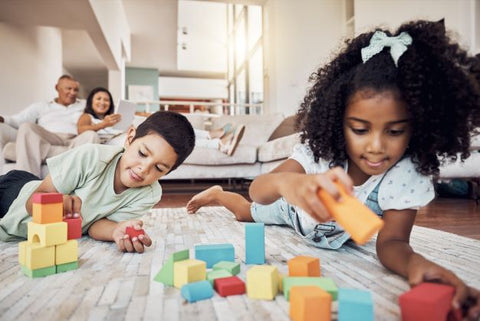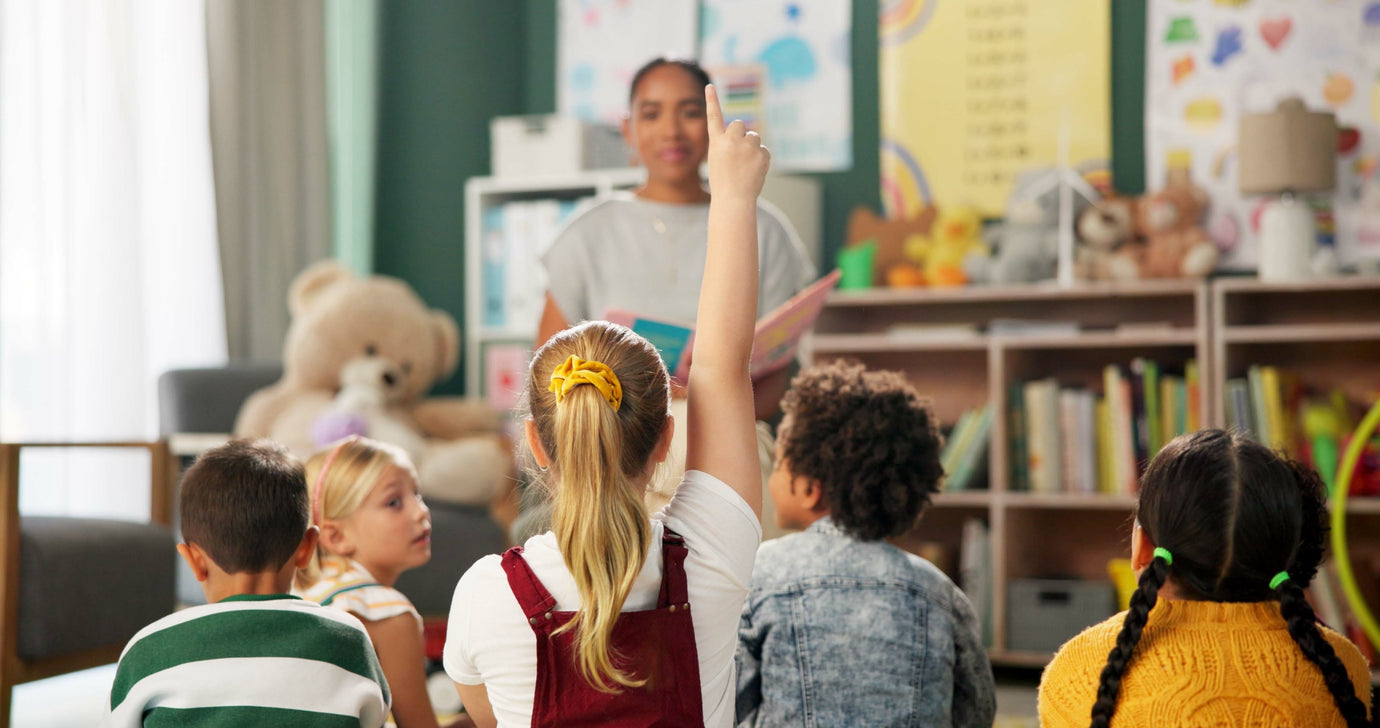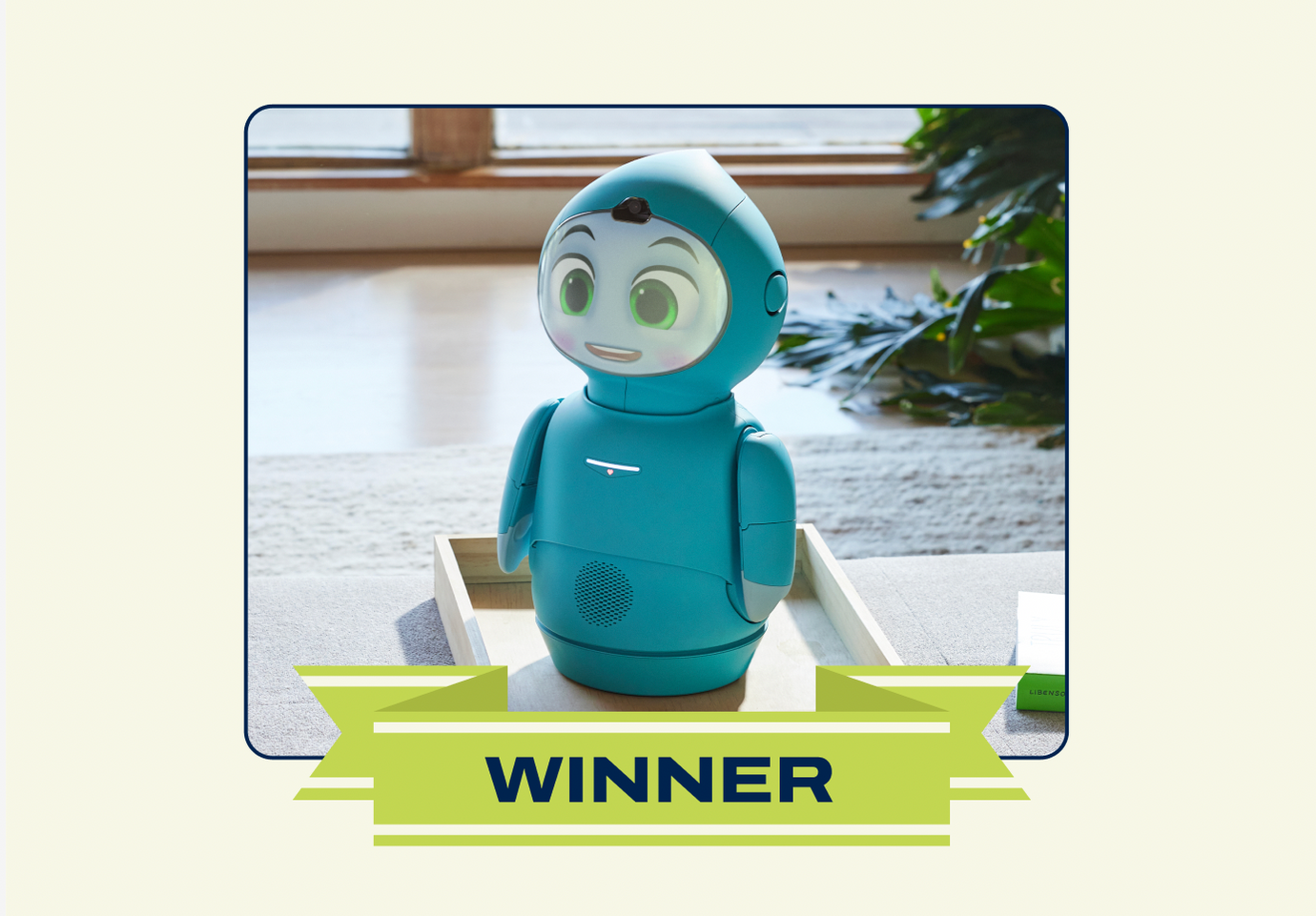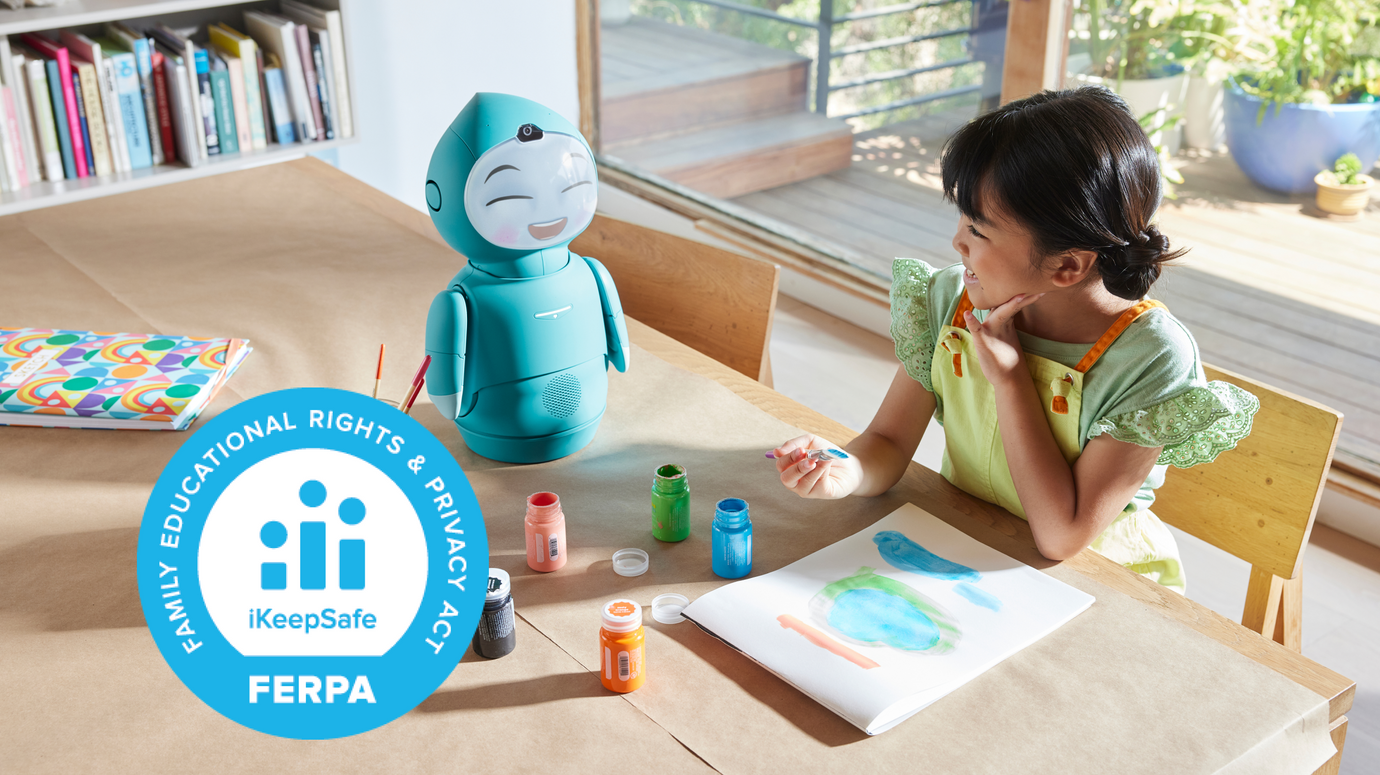Growth Mindset Parenting

Keeping the Bigger Picture in Focus
There are many important values we as caregivers wish to teach our kids. And as we get lost in the day to day of caregiving, it’s always a good idea to take a step back and remind ourselves what our guiding principles are. What are the big picture parenting lessons that we hope our kids will take with them into adulthood? We have talked about why teaching your kids empathy might be a great goal to keep at the top of your list in another article. And here’s another suggestion for a big picture priority: encourage your kids to develop a growth mindset.
What is a growth mindset?
The term growth mindset comes from the work of the psychologist Carol Dweck. Dweck was interested in why some kids seemed to face challenges head on and persevere while others seemed to be easily defeated. To explain this difference, she and her colleagues developed two profiles: fixed mindset and growth mindset. Those with a fixed mindset tend to believe that their qualities are innate and lasting. That is, they are either intelligent, talented, skilled, and so on, or they’re not – and they don’t believe that that will change. On the other hand, those with a growth mindset tend to believe that qualities can be developed and are changeable. That is, intelligence, talent, and skill aren’t innate, but rather are qualities that can be cultivated through practice, effort, and experience. Whether kids look at the world and themselves with a fixed mindset or a growth mindset can end up having a big impact on how they confront challenges.

Parent for a growth mindset: What the research says
In an interview with The Atlantic magazine, Dweck explains what she observed in the kids she studied:
“When students had more of a fixed mindset—the idea that abilities are carved in stone, that you have a certain amount and that’s that—they saw challenges as risky. They could fail, and their basic abilities would be called into question. When they hit obstacles, setbacks, or criticism, this was just more proof that they didn’t have the abilities that they cherished.
In contrast, when students had more of a growth mindset, they held the view that talents and abilities could be developed and that challenges were the way to do it. Learning something new, something hard, sticking to things—that’s how you get smarter. Setbacks and feedback weren’t about your abilities, they were information you could use to help yourself learn. With a growth mindset, kids don’t necessarily think that there’s no such thing as talent or that everyone is the same, but they believe everyone can develop their abilities through hard work, strategies, and lots of help and mentoring from others.”
(https://www.theatlantic.com/education/archive/2016/12/how-praise-became-a-consolation-prize/510845/)
Growth Mindset Phrases
To help define this further, let’s look at some concrete differences. Kids who have a fixed mindset might say or think things like, “This is difficult, I want to give up” “I look stupid if I’m not good at something, so I just shouldn’t try anything that’s too challenging for me.” “I’m already good at this, so I don’t need to push myself to get even better - what if I fail?” “I’m not as good as other people at this, so I shouldn’t try” “When people give me criticism or feedback, I take it personally” “Success means having a good outcome like good grades or winning a game.”
On the other hand, someone with a growth mindset might say or think things like, “Sure this is hard and I’m not great at it yet, but I know I can improve if I put in the right effort” “Challenges are good because they’re opportunities to learn and grow.” “I’m really good at this and it comes easily to me – maybe I can be even better if I put in some effort to learn more.” “There’s a lot I don’t know and so much I’d like to learn!” “I appreciate feedback because it helps me learn.”

In all of these statements, there’s a major theme: the fixed mindset sees no room for growth and assumes the way things are now are just the way things are forever. Whereas, as Dweck puts it, the growth mindset recognizes the power of “yet.” That is, when confronted with a problem or an obstacle, do kids ask themselves if they aren’t smart enough to solve the problem, or have they just not solved it yet.
In fact, this idea of “yet” or of the capacity for growth is rooted in science also. That is, in many, if not most cases, growth really is possible. For example, we actually can improve our cognitive abilities and working memory through training or by learning specific tools and techniques. There are also actions we can take to increase performance such as getting adequate sleep, engaging in physical activity and spending time outdoors. What’s more, curiosity can inspire us to learn more – not only about what inspired our curiosity but the journey to satisfy the curiosity can lead to better recall of other information we come across along the way.
And, that old adage practice makes perfect isn’t just an old wives tale. As journalist Malcolm Gladwell so eloquently said, to truly master a skill one needs (approximately) 10,000 hours of practice. That is, after observing all sorts of people who are experts in their field – from musicians to scientists to elite athletes – Gladwell concluded that these people were not naturally born experts. On the contrary, these people learned the basics, then practiced and struggled and failed and challenged themselves – and it was through all those hours of practice that they mastered their chosen craft.
It’s important to note that Dweck herself acknowledges that it’s entirely possible for a single person to be inconsistent in their mindset. That is, the same person may adopt a fixed mindset in regards to their athletic ability (telling themselves, “I’m just not good at sports”) and a growth mindset in their musical ability (saying, “I’m not great at playing the piano now, but I want to learn and so I’m going to practice so I can get better!”). The same person can also shift their mindset over time depending on circumstances. That’s because the mindset isn’t a personal attribute or a state of being. Rather, it’s a way of thinking or a coping strategy. And in fact, there are things we can do as caregivers to help guide our kids towards approaching the world with a growth mindset as much as possible.
Practical tips for how to help kids develop a growth mindset
Reward “yet” by praising wisely for growth mindset
Praise and rewards communicate a lot about what you value and what’s worthy of encouragement. Learn more about how effective praise can make a difference for kids. When it comes to encouraging a growth mindset, the ideal praise emphasizes your kids’ effort, but also the strategies, focus, and perseverance they showed – and helps them see the connection between their efforts and eventual growth and improvement. So it’s more than just praising effort.
As Dweck says in that Atlantic article, “A lot of parents or teachers say, praise the effort, not the outcome. I say [that’s] wrong: Praise the effort that led to the outcome or learning progress; tie the praise to it. It’s not just effort, but strategy … so support the student in finding another strategy. Effective teachers who actually have classrooms full of children with a growth mindset are always supporting children’s learning strategies and showing how strategies created that success. Students need to know that if they’re stuck, they don’t need just effort. You don’t want them redoubling their efforts with the same ineffective strategies. You want them to know when to ask for help and when to use resources that are available.”
https://www.theatlantic.com/education/archive/2016/12/how-praise-became-a-consolation-prize/510845/
Model a growth mindset yourself
This advice shows up everywhere in any list of caregiving advice – and there’s a reason. Modeling is arguably the most powerful and effective tool we have for teaching. So, dive right in and show off your growth mindset. How do you approach learning something new? What do you do when faced with a challenge? Or how about this one: What mistakes have you made and what did you learn from them? Talk to your kids about making mistakes and what those mistakes taught you. Let them see you setting goals and doing the work to achieve them despite setbacks.
Duckworth’s one hard thing
Psychologist Angela Duckworth is well known for her work on studying grit and resilience. She has a simple suggestion for how to help build circumstances in which kids – and adults! – can challenge themselves and recognize growth: Implement the one hard thing rule. Everyone in the family chooses one difficult thing that requires sustained practice to learn. Maybe it’s playing a musical instrument, learning how to code, or improving your swimming stroke. The important thing is that each person chooses their own hard thing – no caregivers choosing for their kids! But then, once you each start, you can’t quit in the middle of it. For example, if you’ve committed to a year of lessons, you have to do the whole year. And don’t forget to point out progress along the way!
Talk about the brain and how it grows
Get technical about the brain. You can introduce vocabulary like neurons, neuroplasticity, mindset, or constructive feedback as you talk to your kids about what happens in the brain when they learn something. Explore how neural pathways are strengthened as you practice ever-more complex math. Or, how motor memory can help take over as you spend hours practicing a new song on the piano.

Surround yourself with stories, movies, etc about people facing challenges
Seek out examples of other people who have overcome challenges. Books, movies, or biographies of real people can all tell stories of growth, grit, and resiliency. Point out what exactly the people did to overcome challenges and ask kids what they would do if they were in a similar situation. Help make it more real by reminding kids of times they put in some level of sustained effort to learn something, no matter how small. Help them trace their process of learning how to read, ride a bike, or tie their shoes.
Let kids be challenged and talk about it
Encourage kids to try new things, no matter how challenging they may be. You can help them see the process by helping them identify what the hard parts are and help them brainstorm ways to overcome those challenges. But be careful to resist the urge to fix the challenge for them; They need to do the work themselves to overcome their own challenges.
Encourage curiosity for growth mindset
Approaching the world with a curious mind can help inspire kids to always be interested in learning more. Even when your kid is already good at something, encourage them to be curious, to get better, and to expand on their skills. You can help them approach feedback with openness and curiosity too. Constructive criticism can help them learn to improve their skills.
Final thoughts on growth mindset parenting
Though encouraging a growth mindset is more complex than simply giving kids a thumbs up for their efforts, there are many ways that we can help our kids recognize that their characteristics are changeable – and that with effort, they are capable of growth. And this big picture message will help them bounce back from failure and appreciate their successes throughout their lives.






